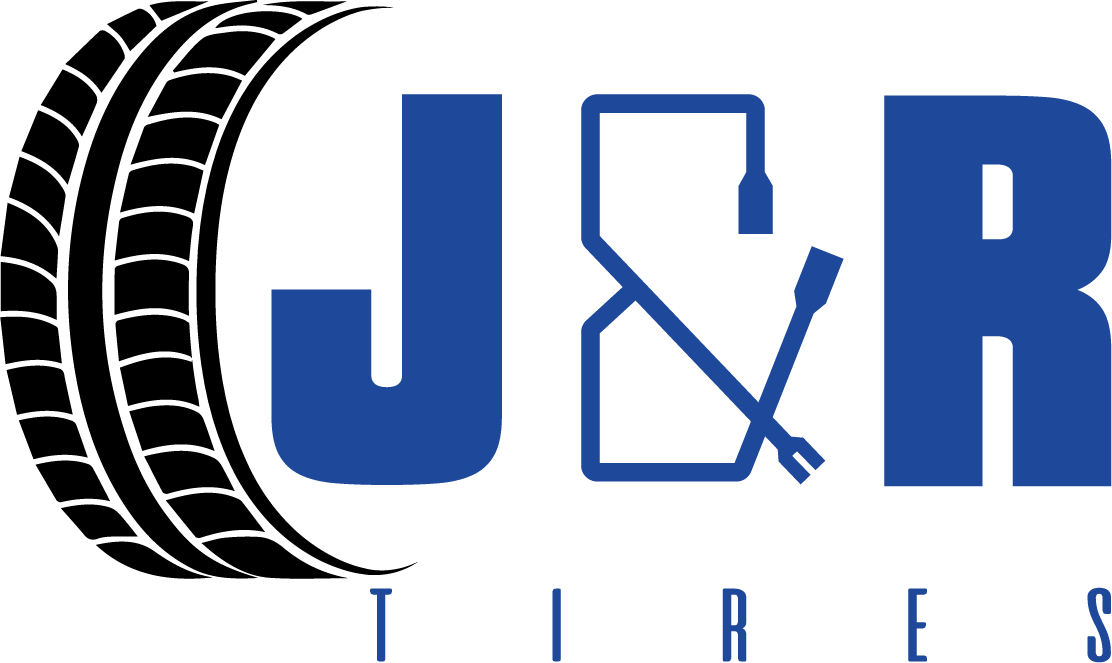The Science Behind Tire Repair and Security
When it pertains to the complex world of tire maintenance and security, there exists a world of scientific research that typically stays unseen by the average chauffeur - discount tires morris il. The products that make up a tire, the impact of tire stress on general safety, the effects of step wear, the elaborate dynamics of tire traction, and the often-overlooked significance of appropriate wheel placement all play essential functions in ensuring a lorry runs securely and effectively. As we browse through the intricacies of tire repair service and safety and security, it ends up being evident that a deeper understanding of these clinical concepts is not only helpful but essential for every chauffeur on the road
Tire Composition and Performance
What products make up the make-up of tires, and how do these elements contribute to their functionality on the road? Steel cords are integrated to improve the tire's toughness and aid it keep its shape under different roadway problems.
The rubber substances use grip and grip, enabling the tire to stick to the roadway surface area and provide security during velocity, stopping, and cornering. Generally, the cautious selection and mix of these products make certain that tires can do successfully and securely on various road surfaces and conditions.
Impact of Tire Stress on Security
On the various other hand, overinflated tires have much less call with the roadway surface area, minimizing traction and causing uneven wear on the tire treads. Correctly inflated tires additionally play a crucial role in fuel efficiency, as underinflated tires can boost rolling resistance, leading to reduced gas mileage. Consistently examining and keeping the appropriate tire pressure not just guarantees safety but additionally expands the life-span of the tires, saving on substitute expenses in the long run.
Footstep Use and Its Ramifications
Proper surveillance of tire tread wear is critical for ensuring optimal efficiency and security when traveling. As tires use down, the depth of the tread lessens, lowering the tire's capacity to maintain grip, particularly in unsafe or wet problems. The walk pattern and deepness play a crucial role in funneling water far from the tire to stop hydroplaning and preserving grip when driving surface area.
Unequal wear might recommend issues with tire alignment, suspension, or inflation parts. Wear signs are constructed right into the tire walk and end up being noticeable when the walk deepness reaches a particular low point, indicating the need for immediate replacement.

Recognizing Tire Grip Dynamics
Keeping track of tire step wear not just guarantees optimum performance and safety however additionally straight influences the grip characteristics of the tires on different roadway surface areas. Tire traction is a critical aspect of vehicle handling and safety, as it identifies the grip in between the tires and the road. Grip dynamics differ depending on roadway problems such as completely dry sidewalk, damp roads, snow, or ice.

Comprehending tire traction dynamics is vital for vehicle drivers to adapt their driving behavior according to the road problems. tire shop near me. On a regular basis examining tire tread depth and condition can see this page dramatically boost grip efficiency, making certain safer driving experiences across different surfaces
Significance of Proper Wheel Placement
Ensuring right wheel positioning plays a vital function in optimizing vehicle efficiency and extending tire long life. Proper wheel placement entails readjusting the angles of the wheels to manufacturer specs, making sure that they are perpendicular to the ground and parallel to each other. When alignment is off, it can bring about uneven tire wear, reduced fuel performance, and endangered handling.
Among the crucial benefits of preserving correct wheel positioning is enhanced handling and stability. Misaligned wheels can trigger the car to draw to one side, impacting steering control and general driving experience. Furthermore, correct alignment advertises even tire wear, stopping early tire replacement and reducing upkeep costs over time.
Final Thought
In final thought, the science behind tire repair work and safety and security is important for preserving car efficiency and you could look here making certain driver security. By recognizing tire structure, pressure, step wear, traction characteristics, and discover here wheel placement, drivers can avoid accidents and extend the life-span of their tires.
The products that compose a tire, the impact of tire pressure on general security, the ramifications of step wear, the intricate dynamics of tire grip, and the often-overlooked importance of appropriate wheel positioning all play important functions in making sure a car runs safely and successfully. On the various other hand, overinflated tires have less contact with the roadway surface, lowering traction and creating uneven wear on the tire treads. Regularly examining and keeping the correct tire stress not only makes sure security but additionally expands the lifespan of the tires, conserving on substitute prices in the long run.
Monitoring tire step wear not just makes sure optimal performance and safety and security but likewise straight affects the traction dynamics of the tires on various roadway surface areas. Tire grip is a vital aspect of automobile handling and security, as it figures out the grasp in between the tires and the roadway.